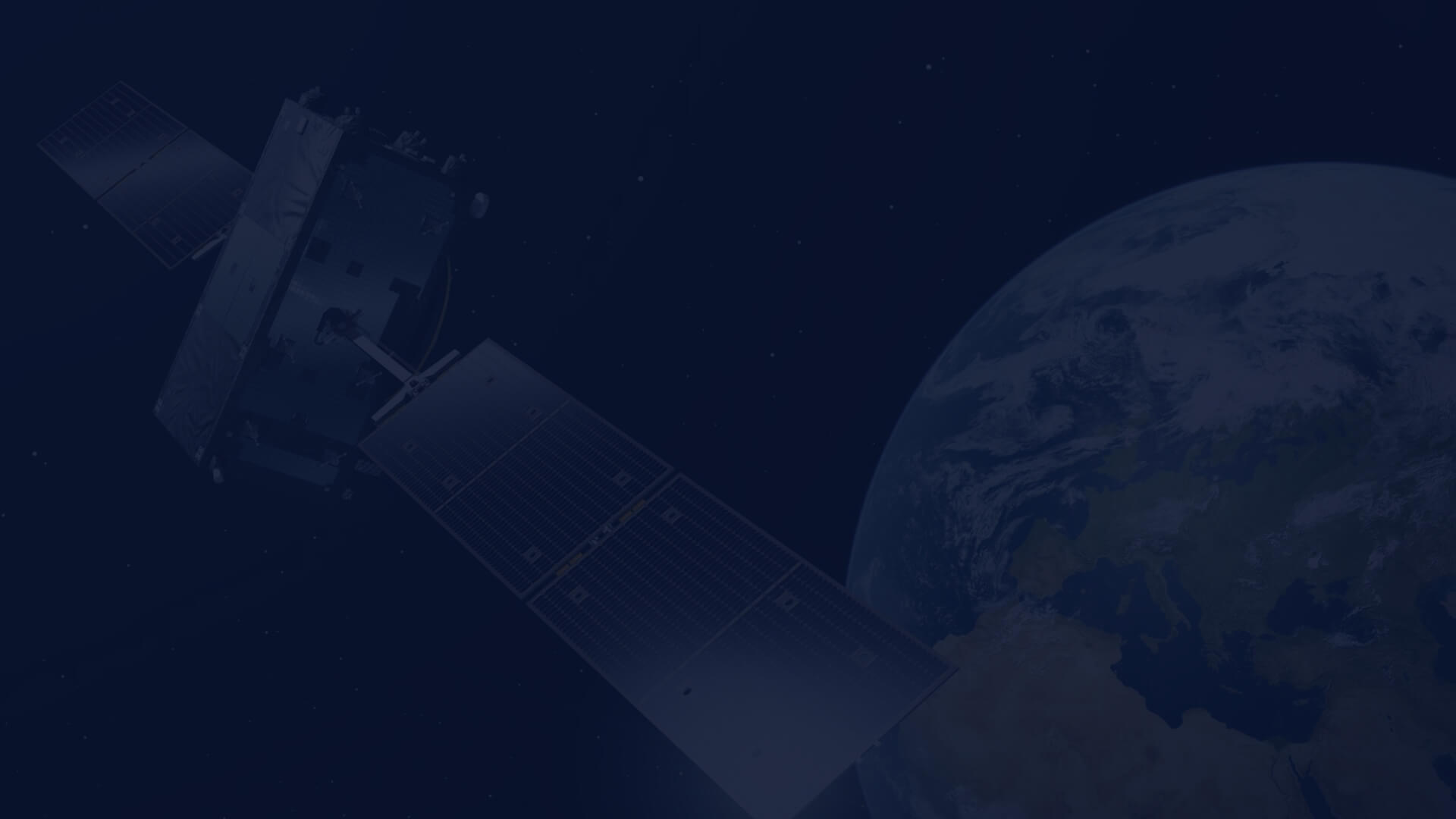Meteorological data usage on the CREODIAS platform
Atmosphere monitoring and weather forecasting have always been an important area of research, but nowadays it is attracting growing attention largely due to the availability of advanced technologies. An increasing amount of data, easy access to computing power and scalable cloud solutions with Interactive Development Environment (like Jupyter Notebook) make complex analysis more accessible and lower entry barriers. Thanks to our cooperation with partners such as ECMWF, EUMETSAT and Mercator Ocean, CloudFerro has already gained the capacity to carry out this kind of large-scale projects in a cloud environment.
The Earth's atmosphere
The Earth's atmosphere is a complex and fascinating system where nearly all the components are interconnected and affect one other. These connections are research subjects in the field of atmospheric physics and meteorology. The use of larger computing power to perform calculations on meteorological big data setshelp to better understand and predict processes taking place in the Earth's atmosphere and provide more precise weather forecasts. Earth observation (EO) satellites monitoring the Earth's atmosphere are a crucial component of the meteorological research. The mission of Sentinel 4 and 5 satellites is to collect data on the condition of the atmosphere and air pollution which will allow us to make even more accurate analysis and forecasts.
Air pollution affects human health
Air pollutions are extremely dangerous to human life and health. The places where this threat is greatest are cities and urbanized areas. Cities are becoming areas of pollutant concentration which is dangerous for the health of their citizens. Human population growth contributes to an increase of population density in cities. Currently, urbanized areas see the highest pace of development. The world’s city population was 56.2% in 2020 (C. He et al. 2021).
An important element of the research is the monitoring of pollution clusters from satellite using a research instrument TROPOMI (http://www.tropomi.eu/) carried by Sentinel 5-P satellite. These studies can provide reproducible and complementary information on air pollution in large-scale projects. These data allow us to analyse the accumulation of hazardous pollutants.
The following map shows the NO2 pollution over Europe at the outbreak of the COVID-19 pandemic. We can observe high dynamics in pollutant emissions and an almost immediate reversal of the trend during the greatest lockdown.

Atmospheric air pollution
NOX particles under the influence of strong solar radiation decompose into nitrogen oxide and free oxygen radicals which quickly react with the oxygen particle O2 to form ozone O3. Ozone is highly reactive and dangerous to human life through direct action on the respiratory system. In higher concentrations, nitric oxide leads to lung diseases such as inflammation or pulmonary edema. Due to its reactivity, ozone is also dangerous for vegetation and can cause permanent damage. The Sentinel 4 and 5 satellites can obtain information on many more hazardous substances in the atmosphere that have a huge impact on human health.

Weather forecasts
The Earth's atmosphere can be described numerically by a grid of points spaced regularly in horizontal and vertical domain. Each grid point can contain information about its position and various factors that characterize the atmosphere, such as temperature, humidity and pressure, as well as the presence of aerosol or cloud droplets, or even electric charges. All these factors change over time. The weather is the state of the atmosphere at any given moment.
Weather forecasts are simply solved mathematical systems of (differential) equations. The equations are described by variables placed in a grid of points that describe the atmosphere. Computers using numerical methods make it possible to solve those equations. Solving the weather prediction equations by hand used to be a great challenge and for this reason machines were very quickly harnessed for this purpose. The more points are placed in a grid describing the Earth's atmosphere (higher resolution of the model), the more accurate the results are obtained. The more time steps we use, the further we can predict the state of the atmosphere.
Ensemble prediction method
It is impossible to get a probable, valuable forecast for an arbitrarily distant time step. The length of a valuable forecast is determined by the mathematical theory of chaos. This length is, however, not constant, and it changes depending on the state of the atmosphere (and external factors). To solve the problem of forecast quality, one can use the ensemble method. It involves skilfully producing a set of initial conditions of the state of the atmosphere that vary slightly. Several dozen such initial conditions are sufficient to obtain a reliable forecast quality check. For each of these conditions, a separate forecast is calculated. Final results are compared with one other. If they are close , it means that the forecast is probable, if they significantly deviate, the forecast cannot be trusted. Using ensemble of initial conditions for the forecast allows to choose the best one from the initial set.
Authors: Jerzy Konarski Business Development Manager, CloudFerro; Maciej Jurzyk EO Product Specialist, CloudFerro

